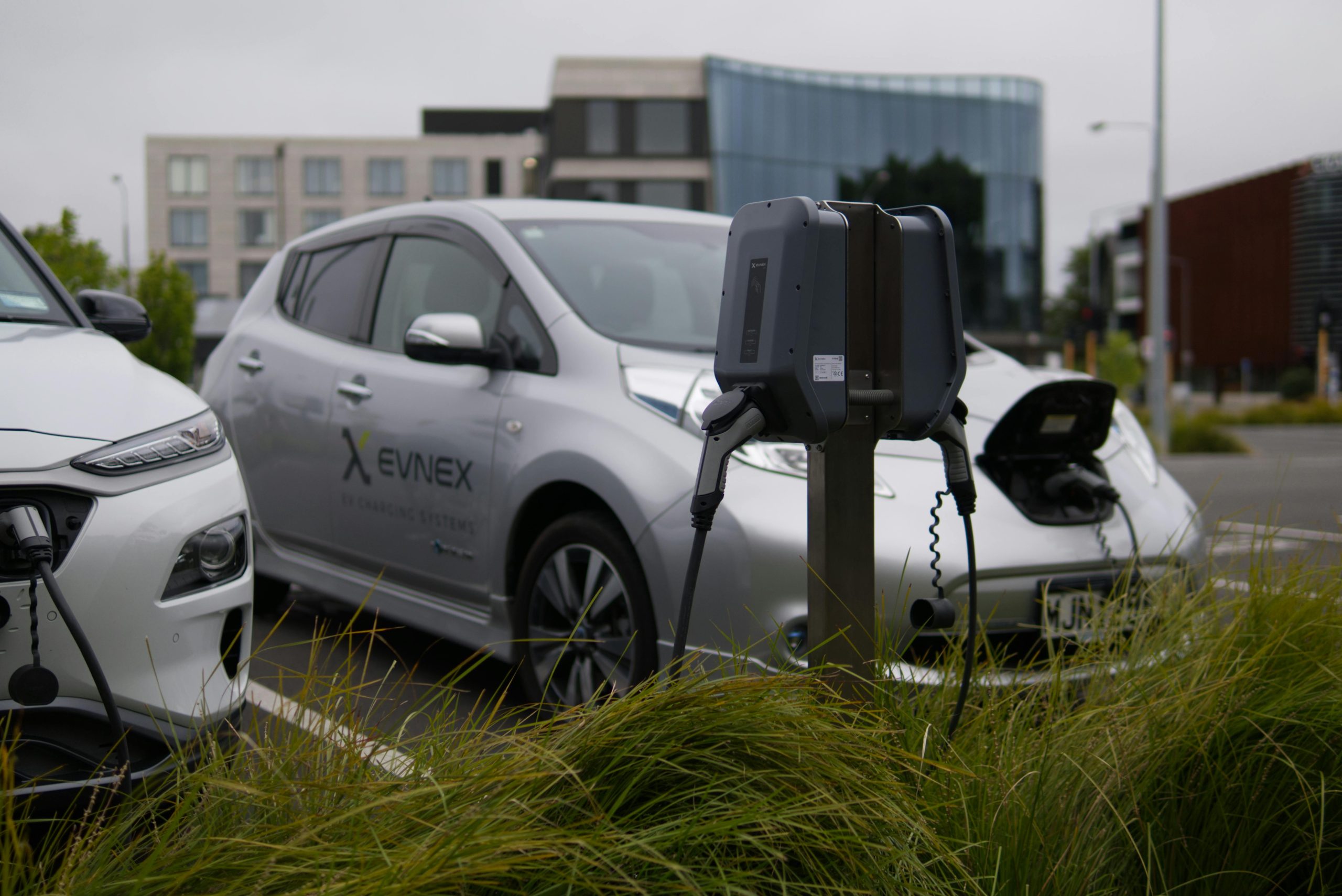
The Future of Electric Vehicles in Australia
As the world transitions to cleaner and more sustainable energy solutions, electric vehicles (EVs) have taken center stage. In Australia, the adoption of EVs is accelerating, driven by government policies, technological advancements, and growing environmental awareness. This article explores the current state of electric vehicles in Australia, the challenges and opportunities in their adoption, and what the future holds for EVs in the country.
The Current State of Electric Vehicles in Australia
Electric vehicles have gained significant traction in Australia over the past few years. While EV adoption in Australia has traditionally lagged behind other countries, recent developments signal a turning point. Key statistics show that EV sales in Australia accounted for 3.8% of new vehicle sales in 2023, up from 2.5% in 2022. Leading EV brands in Australia include Tesla, BYD, Hyundai, and MG, with the most popular EVs being the Tesla Model 3, BYD Atto 3, and Hyundai Ioniq 5. The expansion of public charging networks is a critical factor in EV adoption, with Australia now having over 4,000 public charging stations, including fast-charging stations along highways and urban areas. Government support has played a vital role, with federal and state incentives such as subsidies and rebates on EV purchases, tax exemptions, and investments like the $250 million Future Fuels Fund.
| Aspect | Current Status | Future Projection |
|---|
| EV Sales Growth | 3.8% of new vehicle sales in 2023 | 50% of new vehicle sales by 2030 |
| Charging Infrastructure | 4,000+ public charging stations | Fast chargers across all major highways |
| Government Support | Subsidies, tax exemptions, $250M Future Fuels Fund | Expanded incentives and infrastructure investment |
| Battery Technology Advancements | Lithium-ion dominant, solid-state in development | Cheaper, faster, and more sustainable batteries |
| Environmental Impact | 18% of emissions from transport, 30% reduction by 2035 projected | Significant carbon footprint reduction |
Challenges in Electric Vehicle Adoption
While the outlook for EVs in Australia is positive, there are hurdles to overcome. High initial costs remain a significant barrier, as EVs are more expensive than internal combustion engine (ICE) vehicles, although prices are decreasing. The Australian market also has fewer EV models compared to Europe and North America, limiting consumer choice. Charging infrastructure gaps in rural and regional areas exacerbate “range anxiety,” while Australia’s electricity grid needs upgrades to handle increased demand from EV adoption.
Opportunities Driving the Future of EVs in Australia
Despite these challenges, several opportunities suggest a bright future for EVs in Australia. Falling EV prices due to global production scale-ups and technological advancements are expected to achieve price parity with ICE vehicles by 2027. Australia’s abundant renewable energy resources, such as solar and wind power, support a greener EV ecosystem, with home solar systems paired with EV charging reducing costs for consumers. Australia also has significant reserves of critical minerals like lithium and nickel, essential for EV batteries, positioning the country as a leader in the EV supply chain. Policy and industry support, including the National Electric Vehicle Strategy and private sector investments, are boosting market growth.
Predictions for the Future of EVs in Australia
By 2030, experts predict that 50% of new vehicle sales in Australia could be electric, driven by falling prices and increased consumer awareness. The expansion of charging infrastructure, including the Highway Charging Network, will ensure EVs can travel long distances without interruption. Innovations in battery technology, such as solid-state batteries, promise faster charging times, longer ranges, and improved safety. Second-life batteries, repurposed for energy storage systems, could support Australia’s renewable energy transition, reducing waste and increasing sustainability. Autonomous EVs combining EV technology with autonomous driving systems could revolutionize the automotive industry, with Australian trials expected in the near future.
The Environmental Impact of EV Adoption
Transitioning to EVs will significantly reduce Australia’s carbon footprint. Transport accounts for 18% of Australia’s greenhouse gas emissions, and widespread EV adoption could cut emissions by 30% by 2035. Using renewable energy to charge EVs will enhance these environmental benefits.
Conclusion
The future of electric vehicles in Australia is promising. While challenges such as affordability and infrastructure gaps persist, the combination of government support, technological advancements, and consumer demand is driving rapid change. With falling prices, improved charging networks, and sustainable energy integration, EVs are set to become the cornerstone of Australia’s transportation future. By embracing this shift, Australia can position itself as a leader in clean energy innovation, paving the way for a greener, more sustainable future.



